|
STAR TREK PHOTO GALLERY #02 (TREKKIES) |
Updated: September 12, 2024































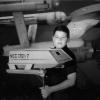

















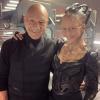








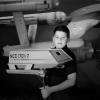





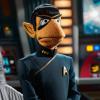
























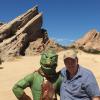










According to Michael Jindra of the University of Wisconsin-Madison, the show's fandom "has strong affinities with a religious-type movement", with "an origin myth, a set of beliefs, an organization, and some of the most active and creative members to be found anywhere". While he distinguishes between Star Trek fandom and the traditional definition of religion that requires belief in
divinity or the supernatural, Jindra compares Star Trek fandom to both "'quasi-religions,' such as Alcoholics Anonymous and New Age groups" albeit more universal in its appeal and more organized and civil religion.
The show is important psychologically and sociologically to a lot of people. For the unusual people at these conventions, it's a
big part of their lives, a help to them. I'm glad there are people who need something important in their lives and I'm glad they've found it in our shows. I don't want to elaborate on that there are just some special people here who need the show in a special
way.
The religious devotion of Star Trek's fans began almost immediately after the show's debut. When Roddenberry previewed the new show
at a 1966 science-fiction convention, he and his creation received a rapturous response.
|
 HOME
HOME
 About
About
 EMail Me
EMail Me TOP |
TOP |  PREVIOUS ITEM | NEXT ITEM
PREVIOUS ITEM | NEXT ITEM  ( 22 of 67 )
( 22 of 67 )




































































































